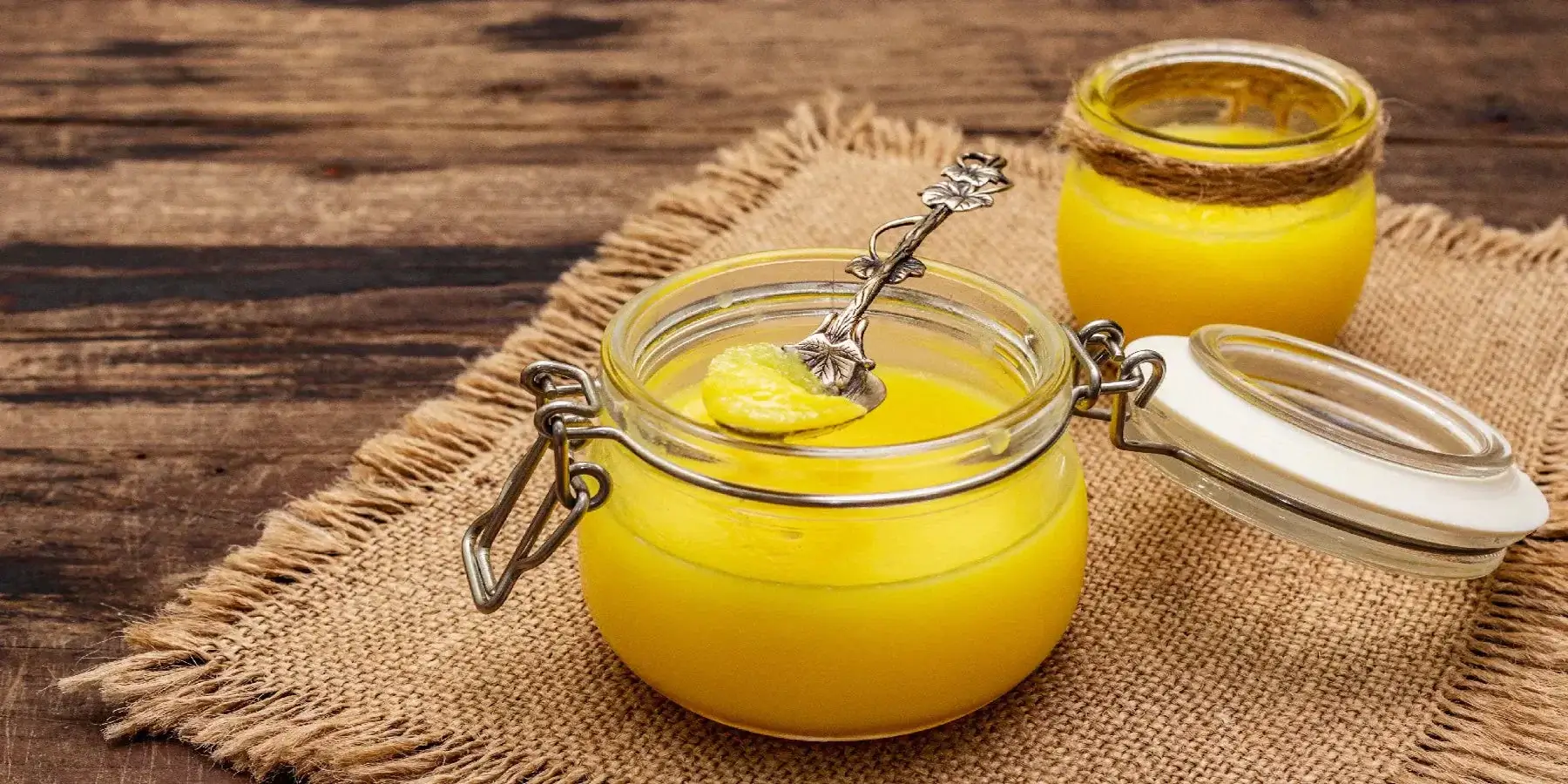In every South Asian kitchen, desi ghee holds a place of pride. More than just a cooking fat, desi ghee is a cultural staple passed down through generations. It’s the golden ingredient that adds depth to biryanis, warmth to parathas, and nostalgia to halwas. But with growing concerns about food quality, health, and inflation, many people today are asking: What is the desi ghee price in pakistan, and is it still worth using?
What Is Desi Ghee?
Desi ghee is clarified butter made from cow or buffalo milk. Unlike processed ghee or vanaspati (hydrogenated oil), desi ghee is made using traditional methods—often by fermenting cream into curd, churning it into butter, and then slow-cooking it to remove water and milk solids.
This process gives desi ghee its rich flavor, golden color, and high nutritional value. It’s a pure fat, free of lactose and casein, making it suitable even for people with dairy intolerances.
Health Benefits of Desi Ghee
Despite being high in fat, desi ghee is celebrated for its numerous health benefits, especially when used in moderation:
- Boosts digestion: It stimulates the secretion of stomach acids and aids nutrient absorption.
- Rich in vitamins: Desi ghee contains fat-soluble vitamins like A, D, E, and K.
- Good source of CLA: Grass-fed ghee contains conjugated linoleic acid, which is linked to weight loss and improved heart health.
- Supports immunity: It enhances immunity and helps in detoxification.
- Improves brain function: Traditionally, ghee is used to improve memory and cognitive function in Ayurvedic medicine.
Traditional vs Commercial Ghee
There is a growing concern among consumers in Pakistan about the quality of commercially available ghee. Most brands available in local markets are made using shortcuts and contain additives or preservatives. That’s why many people are turning back to homemade or small-batch organic desi ghee made using traditional methods.
This brings us to a crucial point: the price of desi ghee in Pakistan varies significantly depending on its source.
Desi Ghee Price in Pakistan (2025)
As of early 2025, the desi ghee price in Pakistan ranges from PKR 1,800 to PKR 3,500 per kilogram, depending on several factors:
| Type | Price Range (Per Kg) | Description |
|---|---|---|
| Branded Commercial Ghee | PKR 1,800 – 2,200 | Widely available in stores, may contain additives |
| Organic / Farm-made Ghee | PKR 2,500 – 3,500 | Made from grass-fed cow/buffalo milk, no preservatives |
| Homemade Ghee | PKR 2,800 – 3,200 | Made traditionally at home; limited availability |
Several factors influence the desi ghee price in Pakistan:
1. Milk Prices
Raw milk is the base ingredient for ghee. With fluctuations in milk prices, especially in urban centers like Lahore, Karachi, and Islamabad, the price of desi ghee also rises.
2. Inflation and Supply Chain
Pakistan’s rising inflation has affected food staples, including dairy. Transport costs, packaging, and labor all impact the final price.
3. Quality and Purity
Ghee made from pure A2 cow milk or organic sources naturally commands a higher price. The more traditional and chemical-free the process, the more expensive the product.
4. Region
In rural areas or small towns, desi ghee can be cheaper due to local dairy farms and lower overheads. In major cities, the same product can cost significantly more due to branding and logistics.
Where to Buy Desi Ghee in Pakistan
You can purchase desi ghee from:
- Local Dairy Shops: Often sell loose ghee by weight, but quality can vary.
- Organic Stores: Many urban centers now have health-focused stores selling organic desi ghee.
- Online Marketplaces: Websites like Daraz, HumMart, and organic-specific sellers offer home delivery.
- Homemade Vendors: Many home-based businesses now sell desi ghee through Instagram or Facebook pages.
Always check for customer reviews and the source of milk when purchasing online.
Is Desi Ghee Worth the Price?
Yes—if it’s pure. Given its health benefits, flavor, and long shelf life, desi ghee is a worthy investment. Just a spoonful can elevate a meal’s taste and provide energy, especially for children, elderly people, and those recovering from illness.
Still, due to its cost, some consumers alternate between desi ghee and other cooking oils like canola or sunflower oil for budgetary reasons.
How to Test the Purity of Desi Ghee
Because desi ghee price in Pakistan is relatively high, adulteration is common. Here are a few simple ways to check for purity at home:
- Freezer Test: Pure ghee solidifies uniformly; adulterated ghee may show separation.
- Smell Test: Desi ghee has a strong, rich, buttery aroma. If it smells synthetic or too neutral, it might be fake.
- Heating Test: When heated, pure ghee melts quickly and produces a nutty aroma without any foam or residue.
Making Your Own Desi Ghee
If you have access to fresh milk or cream, consider making desi ghee at home. It’s a rewarding process that ensures quality and can be more economical in the long run. All you need is cream (malai), a little patience, and a clean storage container.
Final Thoughts
Desi ghee is more than just a kitchen staple in Pakistan—it’s a symbol of tradition, purity, and nourishment. While desi ghee price in Pakistan has risen in recent years, its value remains high both in terms of health and flavor. As consumers become more conscious about what they eat, investing in pure, high-quality desi ghee is not just a return to our roots but also a step towards healthier living.
